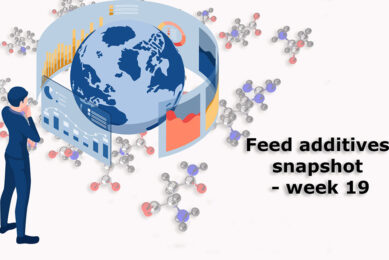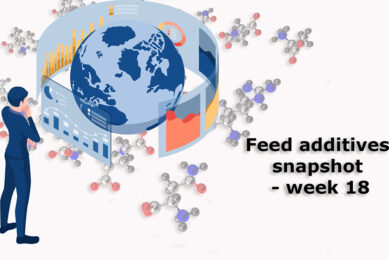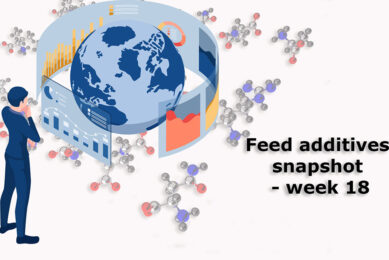Rabobank sees growth for agri commodities
Inventories for wheat and maize are low. Populations increase and biofuel production increases. This augments demand for agricultural commodities. Prices are expected to remain volatile and above their long-term average for the next few years to come, Rabobank says in a new report.
Over the past two years, demand has surpassed supply primarily due to adverse
weather conditions that have led to crop failures.
The cost price of soft
commodities has risen due to increasing energy costs.
According to the
report, developments in India and China have been the most important drivers for
global food demand in the recent past and will continue to be so in the years
ahead.
The Rabobank Commodities Outlook was officially presented Thursday
by Bert Heemskerk, chairman of the Executive Board, in tandem with the economic
Outlook for 2009.
The ability and willingness of global governments to
stimulate productivity improvements, offer a stable production environment and
facilitate, rather than distort, the functioning of global agricultural markets
will be central to meeting future demands, the report says.
The level of
investments in R&D and the degree to which a risk-reducing, stable
environment for agricultural producers is present are likely to determine the
pace of the anticipated growth in productivity.
Potential for
production increase
“There is potential for increasing agricultural
production capacity by increasing yields and by taking into production the
substantial area of land available globally that can be used for arable crops,”
said report author Harry Smit of Rabobank’s Food & Agribusiness Research and
Advisory (FAR).
But uncertainties are vast, however. For instance, it
remains to be seen whether stocks-to-use ratios will return to historical levels
or stabilise at lower levels, thus contributing to increased price volatility in
the future.
Energy uncertainties
Also, the global economic
slowdown makes it unclear whether the shifts in diets in emerging economies from
rice to meat will continue at the same pace as in the last couple of
years.
Furthermore, little is known about the energy-price
developments—and thus the cost-price developments—of agricultural
products.
“The future price of energy will remain a key external factor
that will determine the price outlook,” stressed Smit.
“Rising energy
prices drive up the cost prices of agricultural commodities and have a
diminishing effect on supply.”
Smit adds that commodity markets are
expected to be more correlated with energy markets in future thanks to a new
trend linking agricultural commodity markets with energy prices via the price of
biofuels.
Join 26,000+ subscribers
Subscribe to our newsletter to stay updated about all the need-to-know content in the feed sector, three times a week. Beheer
Beheer








 WP Admin
WP Admin  Bewerk bericht
Bewerk bericht